Description
All questions answered. Read the text below and answer the following questions in short paragraphs of not more than
150 words each.
Teaching Information Literacy in an Age of Misinformation
Krista Black, EdB February 28, 2024
The first time I encountered a student who “just didn’t believe” the data I was using in my sociology
class, it caught me off guard. I don’t recall exactly how I responded in the moment, but with the
benefit of hindsight I now know it was a tremor in what would become a seismic shift in our
educational landscape. Students who are in their late teens or early twenties have spent their
educational experiences navigating misinformation, fake news, and alternative facts. I didn’t realize
until my student made the comment above on how the broader shift in our society toward scientific
skepticism would bear out in the classroom. This unexpected moment in the classroom alerted me to
an opportunity to explore and expand the scope of information literacy skills I incorporate in my
courses.
I had started integrating information literacy skills into my sociology classes with a narrow focus that
built on research method topics that were appropriate for an introductory course. We talked about
interpreting statistics like percent change, visual representations of data, survey design, and sampling.
My goal was to support both students’ learning of sociology in the course and their broader
consumption of information outside of the classroom. As we worked through information literacy
lessons in class, I gained insights into how students access and process information in their day-to-day
lives. My students reported getting their news from social media, news apps, television news, and
friends and family members. They are aware of mis- and disinformation, the fact that social media is
designed to be attention-grabbing, and that not all sources are reliable. This, from my perspective, is a
good thing. What I see as a challenge that we as educators must grapple with, is our students’ selective
desire to apply these misgivings towards not just all information, but particularly those sources of
information that clash with their preferred vision for how things “should” be (i.e., motivated
reasoning).
Through this process of teaching, getting student feedback, and revising my materials, I learned that
my initial information literacy focus was too narrow. Yes, students need to know how to interpret
statistics—but first they need to know whether they can trust the source in the first place. In response
to this, my focus in teaching information literacy has broadened to include evaluating credibility and
point of view in sources. I want to help them move beyond skepticism and distrust of sources to
critical thinking. Rather than approaching every source with, “This might be wrong,” my goal is to
help them practice evaluating, “How can I verify the credibility of this?” When I teach information
literacy now, I focus my efforts on developing student skills in three areas. QUESTION 1
1.1
Discuss the target audience of this text and justify your response on your choice of the target audience. [5 Marks]
Identification of the target audience = 1 mark
Reason = 2 marks
Language and structure = 2 marks
1.2. In your opinion, what are the four (4) ways in which teaching literacy can lead to
misinformation? (150 words) [10 Marks]
Four ways teaching literacy has led to misinformation (4 x 2 = 8 marks)
Language and structure = 2 marks
1.3. In your own words, summarise the text in four (4) discussion points. (150 words)
[10 Marks]
Discussion points (4 X 2 = 8 marks)
Language and structure = 2 marks
1.4. Indicate THREE (3) unique examples of informal language in the text. Justify why
each example is informal. [10 Marks]
Each example = 3 marks
Marks for justification = 3 marks
Language and structure = 4 marks
1.5. Explain THREE (3) effects of misinformation from the given text? In addition, reflect on your personal experiences with fake news, discussing how it has impacted you or those around you.
[15 Marks]
Explanations = 6 marks
Discussions of personal experiences = 5 marks
Language and structure = 4 marks
[Total = 50 Marks]




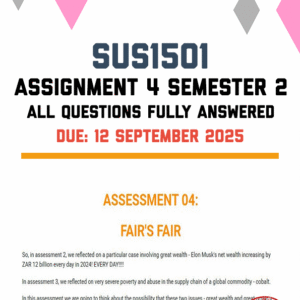



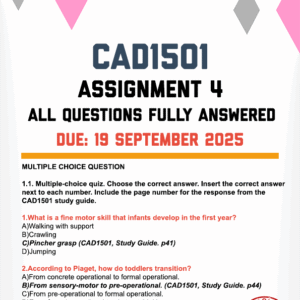
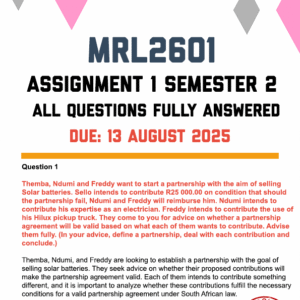


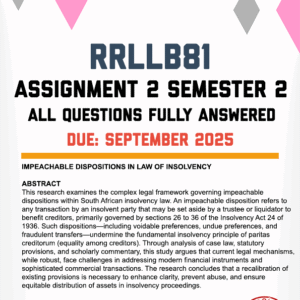
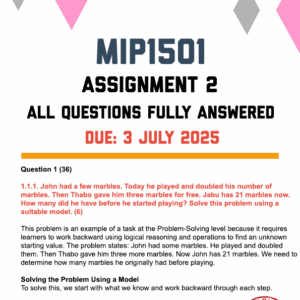
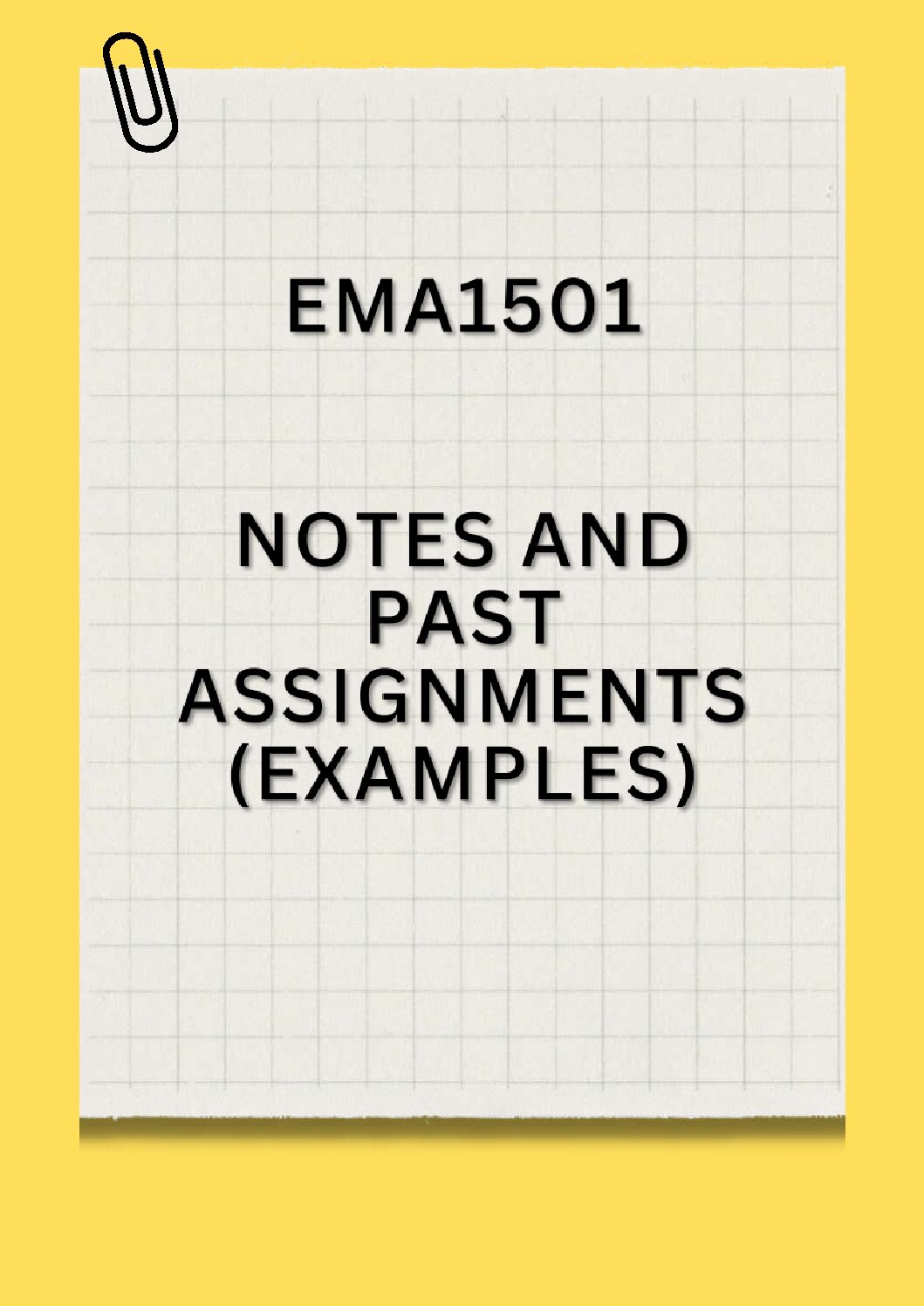
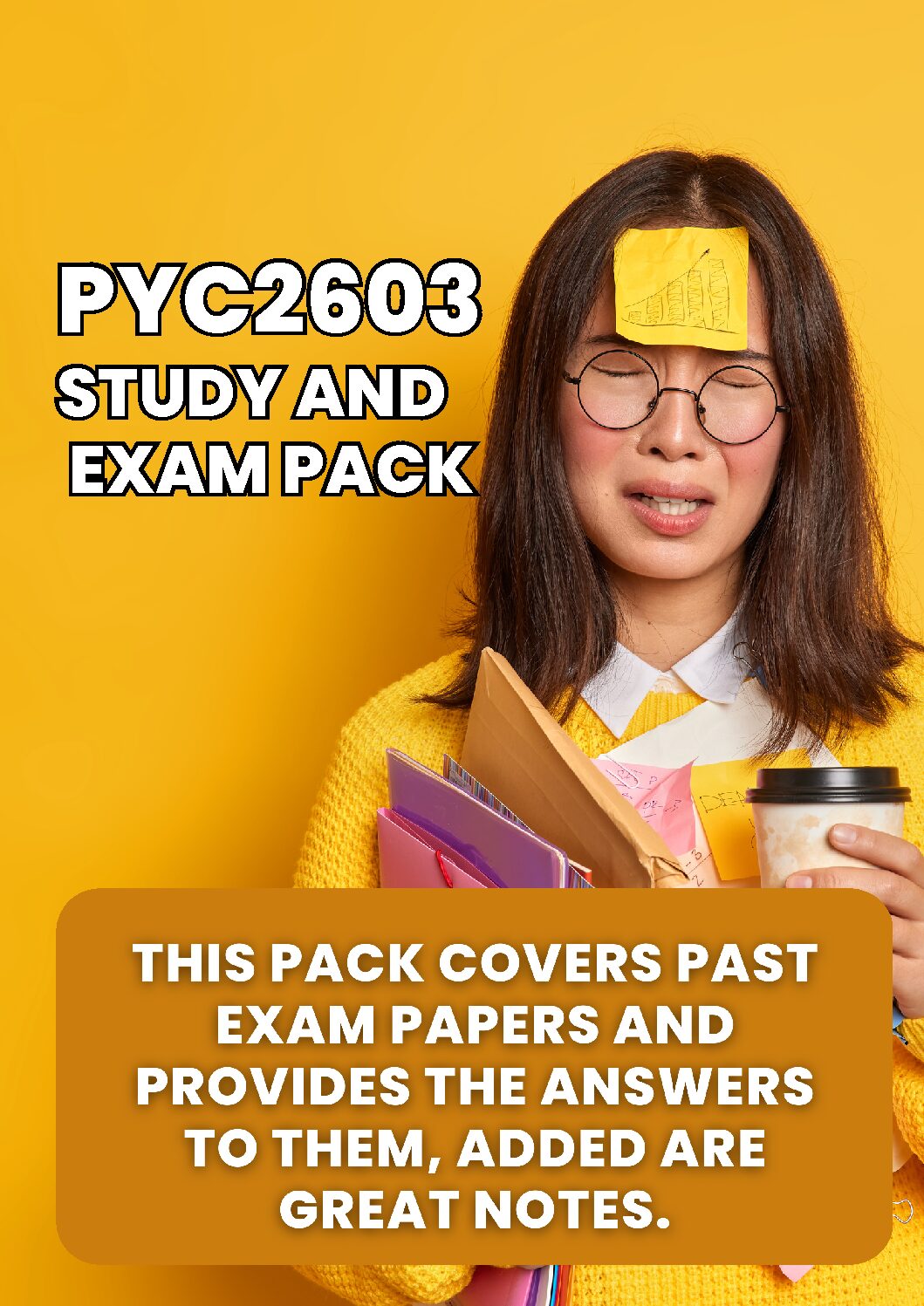


Clair –
Good